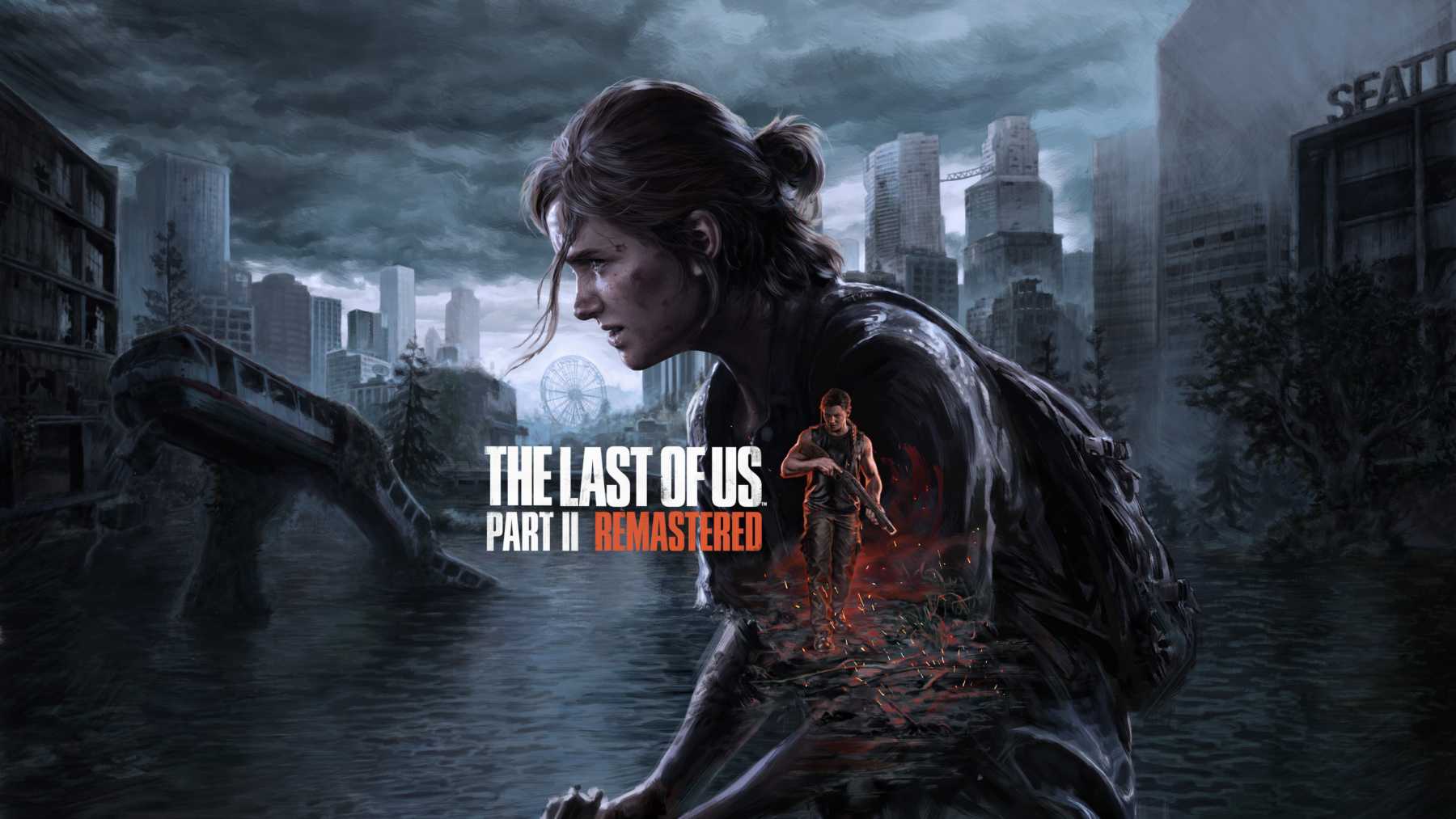
The Last of Us Part II, a title that already etched its legacy in the gaming world on the PS4, returns with a remastered version for the PlayStation 5. The question that looms large is whether this remaster was necessary, given the original game’s already impressive visuals and the fact that it’s been nearly four years into the PS5’s lifecycle without a brand-new title from Naughty Dog. However, the remastered edition does bring some noteworthy additions that merit attention.
Perhaps the most compelling aspect of the remaster is the inclusion of previously unreleased levels. These levels, cut from the original game, are not just mere additions but are presented with intriguing developer commentary. This feature not only adds depth to the gameplay experience but also offers a unique peek into the game’s creative process, shedding light on the decisions behind the scenes. It’s like walking through a living museum of game development, enriching the player’s understanding of this complex narrative universe while also learning some more behind the scenes facts of game development in general.
“No Return” Mode: A Bold, Yet Slightly Out of Place Experiment
The No Return game mode introduces a roguelike survival challenge, a stark contrast to the game’s core ethos of survival and stealth. This mode involves battling waves of enemies in randomly generated levels, culminating in a final showdown. While this addition is executed well and offers a fresh way to engage with the game, it feels somewhat out of place in the context of The Last of Us’s traditionally slow and tactical combat style. It’s an interesting experiment but one that seems more suited for a game with a different tone. A game like Uncharted for example where the game can keep throwing bigger and more dramatic events at the player where more explosions and crazier enemies would fit in well.
There is little scope for a game like Last of Us to introduce enemies that we may traditionally consider over the top but for a roguelike game to work, it needs to be a little more exciting. No return does not feel dull by any means and it does get the heart pumping but it feels like it’s just giving us more of what the core game already has. Just presented to us in the form of waves of enemies and with less tension and fear of death. No return will definitely give you some entertainment but it isn’t going to be something that is going to make this remaster memorable.
Visuals: Polished but Not Groundbreaking
On the technical front, the remaster is quite well done, as you would expect based on the previous remaster. The game’s visuals are enhanced, but they don’t reach the pinnacle of what the PS5 has to offer, especially when compared to visually stunning titles like God of War Ragnarok. This shortcoming is somewhat disappointing and leaves you yearning for a new Naughty Dog release that fully exploits the capabilities of the PS5. While the graphics are improved, they don’t redefine the visual experience in a significant way.
There is absolutely no doubt that this is by far the most superior release of The Last of Us Part II and for those wanting to play for the first time, this is the version for you to play. For those who have already beaten it, the visual overhaul is not all that significant. Partially due to the game already looking incredibly good on the PS4 but also because Sony have released better looking games for the PS5 already.
The Last of Us Part II Remastered is a mixed bag. It’s a commendable effort to bring additional content and a new gameplay mode, offering a fresh perspective on an already excellent game. However, the remaster feels more like a bridge to something bigger rather than a destination in itself. The tie in with season 2 of the TV series is likely the ultimate goal here. It’s recommended for die-hard fans of the franchise or those who missed the original release. For others, it might be a curious exploration but not a must-have, especially for those who have already journeyed through the harrowing story of Ellie and Joel on the PS4. This remaster serves as a reminder of Naughty Dog’s storytelling prowess, yet also as a prompt for anticipation of what’s next from the acclaimed developer.


























